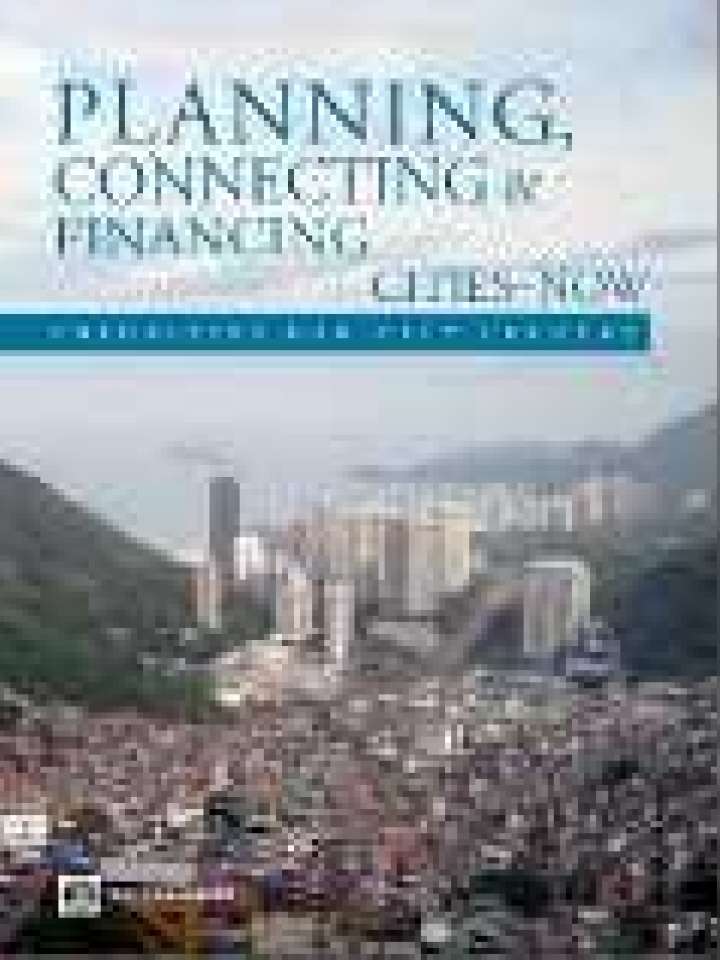Planning, connecting, and financing cities-now: priorities for city leaders
This report provides Mayors and other policymakers with a policy framework and diagnostic tools to anticipate and implement strategies that can prevent their cities from locking into irreversible physical and social structures, including: improving living conditions, especially in slums and hazard-prone areas; bridging the divided cities (inclusion); expanding the coverage and quality of basic infrastructure services; and managing the city’s physical form.
The report distills the lessons learned from from prototypes of urbanization diagnostics which reflect challenges for countries at nascent (Uganda, Vietnam), intermediate (China, India, Indonesia), and mature (Brazil, Colombia, South Korea, Turkey) urbanization, into a practical framework for sustainable urbanization, which is organized around the three policy pillars of the title: (i) Planning—charting a course for cities by setting the terms of urbanization, especially policies for using urban land and expanding basic infrastructure and public services; (ii) Connecting—making a city’s markets (labor, goods, and services) accessible to other cities and to other neighborhoods in the city, as well as to outside export markets; and (iii) Financing—finding sources for large capital outlays needed to provide infrastructure and services as cities grow and urbanization picks up speed.
Explore further
